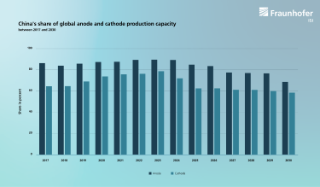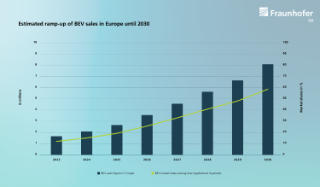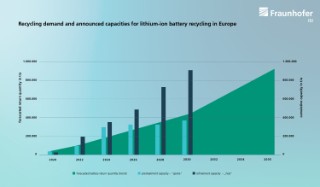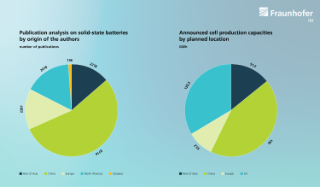News from our battery research team
In the Battery Update, researchers from Fraunhofer ISI discuss current debates and issues related to battery research, production and development. Along the entire battery value chain, i.e. from raw materials, components, the battery cell, battery markets and recycling, relevant topics are adressed and critically discussed.
On this page we collect all articles of our Battery Update. You can also subscribe to the Battery Update via RSS feed.
You can find interesting articles on other scientific topics in the Fraunhofer ISI blog.










